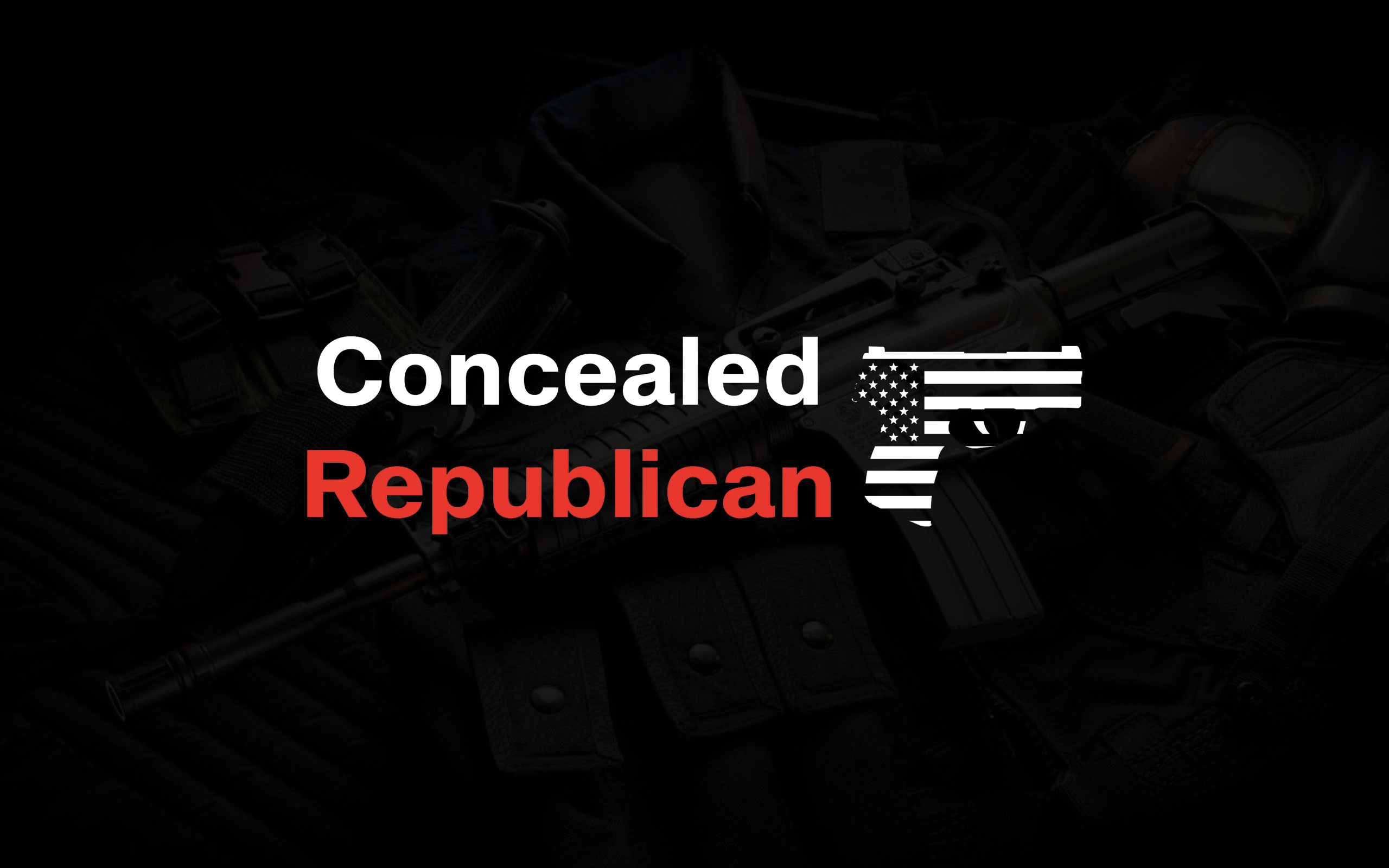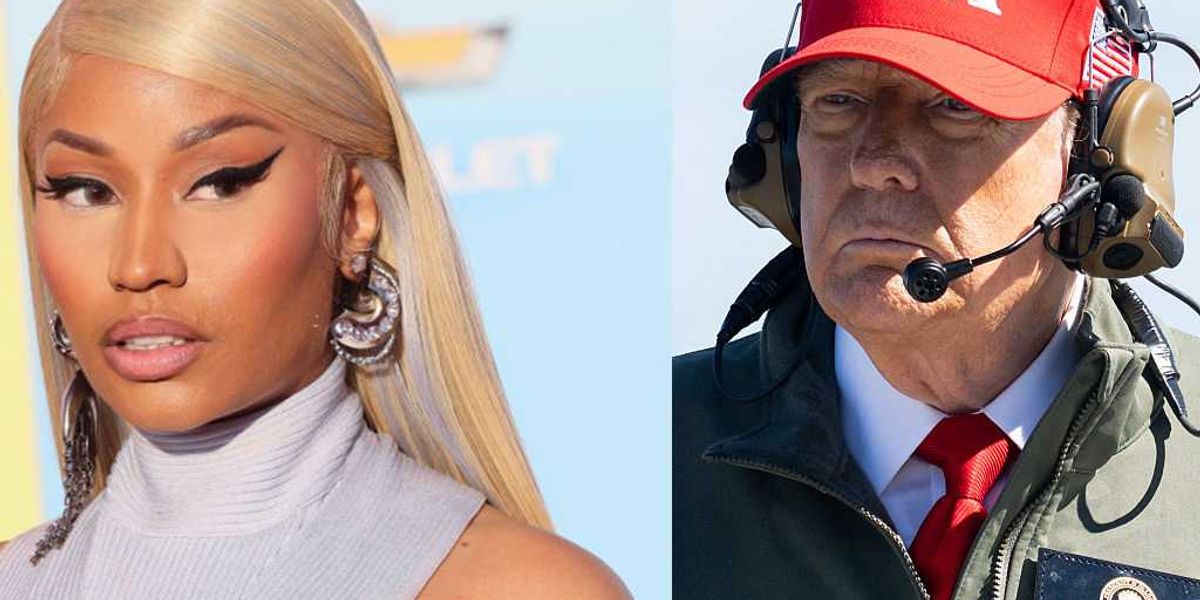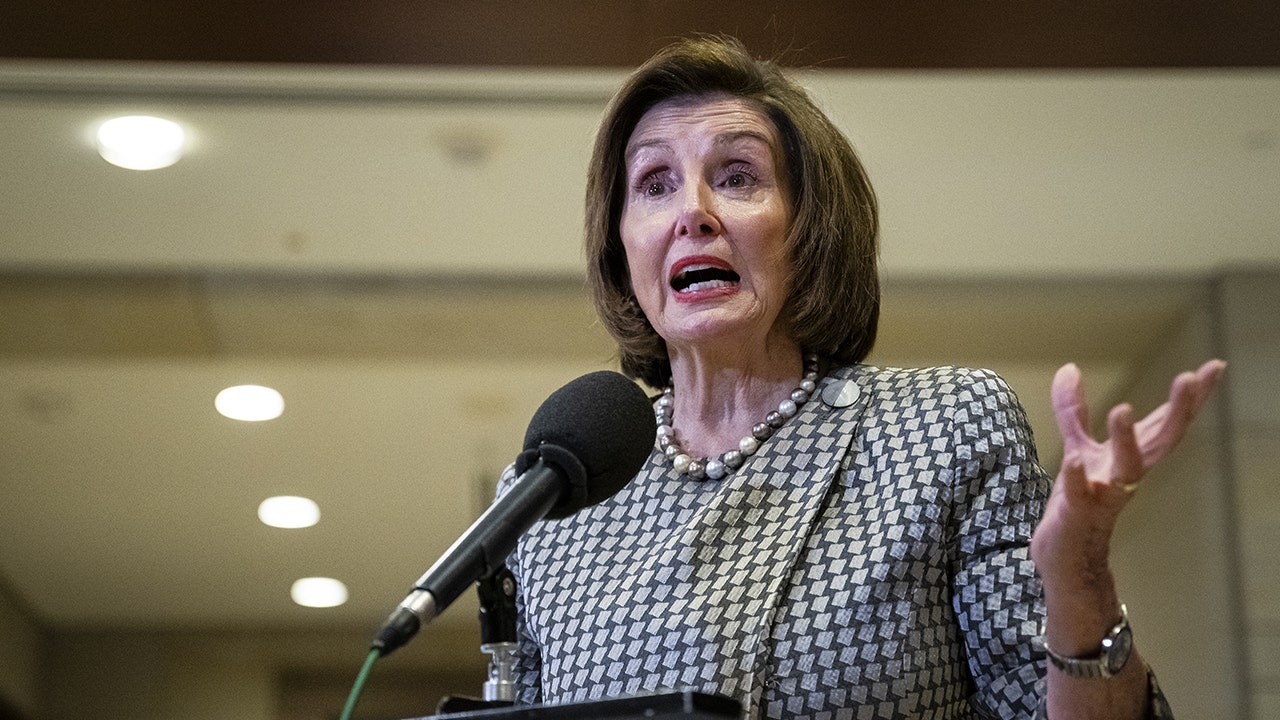Federal safety regulators want Tesla to spell out precisely how it will keep riders safe when its camera-only “Robotaxis” hit Austin streets next month.
In a letter publicized Monday, the National Highway Traffic Safety Administration’s (NHTSA’s) Office of Defects Investigation (ODI) demanded Tesla outline exhaustive technical, legal and operational details of the fully self-driving fleet Elon Musk vows to deploy in June. The inquiry folds the Robotaxi rollout into ODI’s ongoing probe of four crashes that occurred when Tesla’s Full Self-Driving (FSD) software encountered poor visibility — a defect investigation that covers 2.4 million vehicles nationwide. (RELATED: Tesla Autopilot Technology Under Investigation After Fatal Crash)
“Explain how the system is designed to comply with traffic safety laws and how Tesla will monitor for compliance with traffic safety laws including traffic control devices, interactions with construction zones and interactions with first responders,” the letter reads. “Describe how Tesla plans to determine whether its robotaxi system has achieved acceptably safe behavioral competency.”
Robotaxi & Robovan pic.twitter.com/pI2neyJBSL
— Tesla (@Tesla) October 11, 2024
The agency wants to know how many adapted Model Y vehicles will carry paying passengers, what fallback maneuvers the driverless system will perform if it gets confused, whether remote human supervisors can intervene and why Tesla believes a camera-only sensor suite is sufficient for unsupervised trips. Tesla must also disclose whether the vehicles comply with all federal safety standards or require exemptions — an issue Waymo and Cruise, two rival driverless taxi services, dealt with by adding redundant lidar, radar and high-definition mapping to placate federal authorities.
Musk has long rejected radar and lidar, arguing “people don’t shoot lasers out of their eyes to drive” and that vision and AI-only autonomy are ultimately safer and cheaper.
“Just try Tesla self-driving today, which just uses cameras and AI, and you will understand,” he said.
People don’t shoot lasers out of their eyes to drive.
Just try Tesla self-driving today, which just uses cameras and AI, and you will understand. https://t.co/uArUTLAhlF
— gorklon rust (@elonmusk) March 27, 2025
Critics like Waymo say that philosophy leaves the system blind when cameras are dazzled by glare or obscured by inclement weather — exactly the conditions highlighted in ODI’s October investigation, which is ongoing. (RELATED: Driverless Cars Cause Traffic Incident On Freeway: REPORT)
“Our family of lidar sensors allows the Waymo Driver to see the world in incredible detail, using light waves to paint rich 3D pictures … so we can spot a pedestrian walking down a dark street on a moonless night an entire city block away. This is especially important since current systems only utilizing camera and radar technology frequently fail to protect pedestrians in dark conditions,” Waymo wrote in a blog post, citing independent testing from the American Automobile Association.
Tesla told investors in April that a version of FSD “without human supervision” had delivered vehicles from the production line to factory parking lots, a detail apparently meant to support that Tesla “remain[s] on track for the pilot launch of Robotaxi in Austin by June.”
ODI’s focus on visibility stems from a series of fatal and near-fatal crashes: a pedestrian death in Arizona in 2023, a motorcyclist killed near Seattle in 2024 and two non-fatal collisions where Teslas reportedly failed to recognize lane closures in heavy dust or fog. Tesla voluntarily recalled more than two million vehicles in December 2023 to reinforce driver-attention warnings, but regulators say they are still evaluating whether those fixes are adequate.
Neither NHTSA nor Tesla immediately responded to the Daily Caller News Foundation’s requests for comment.
All content created by the Daily Caller News Foundation, an independent and nonpartisan newswire service, is available without charge to any legitimate news publisher that can provide a large audience. All republished articles must include our logo, our reporter’s byline and their DCNF affiliation. For any questions about our guidelines or partnering with us, please contact [email protected].
Read the full article here











